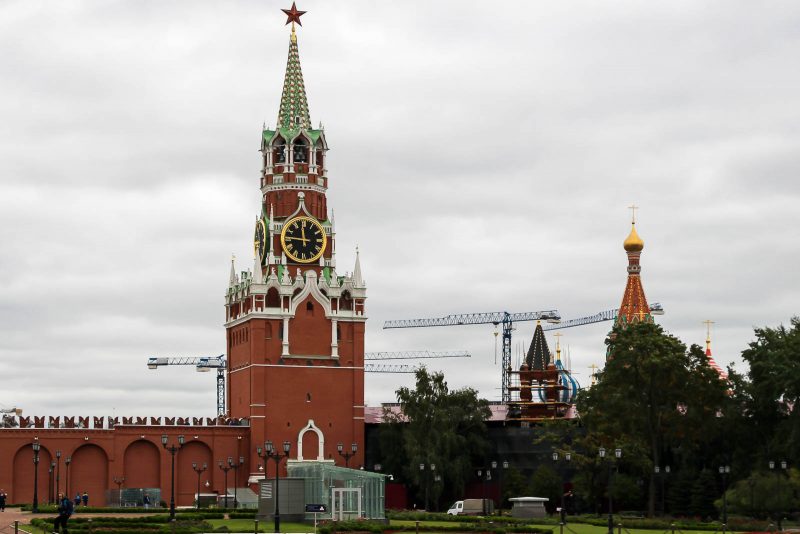Quench.
This hooded crow was quenching the thirst, drinking from a puddle in the sidewalk, in Hakaniemi, Helsinki, between the round Ympyrätalo and triangular Arena building. I’m guessing the puddle was less salty than the sea (which isn’t all that salty, about 0.5 % salt) and definitely less salty than the water in the puddles on the lanes for motor vehicles.
Click for full size!
© Ice Swimmer, all rights reserved.





























